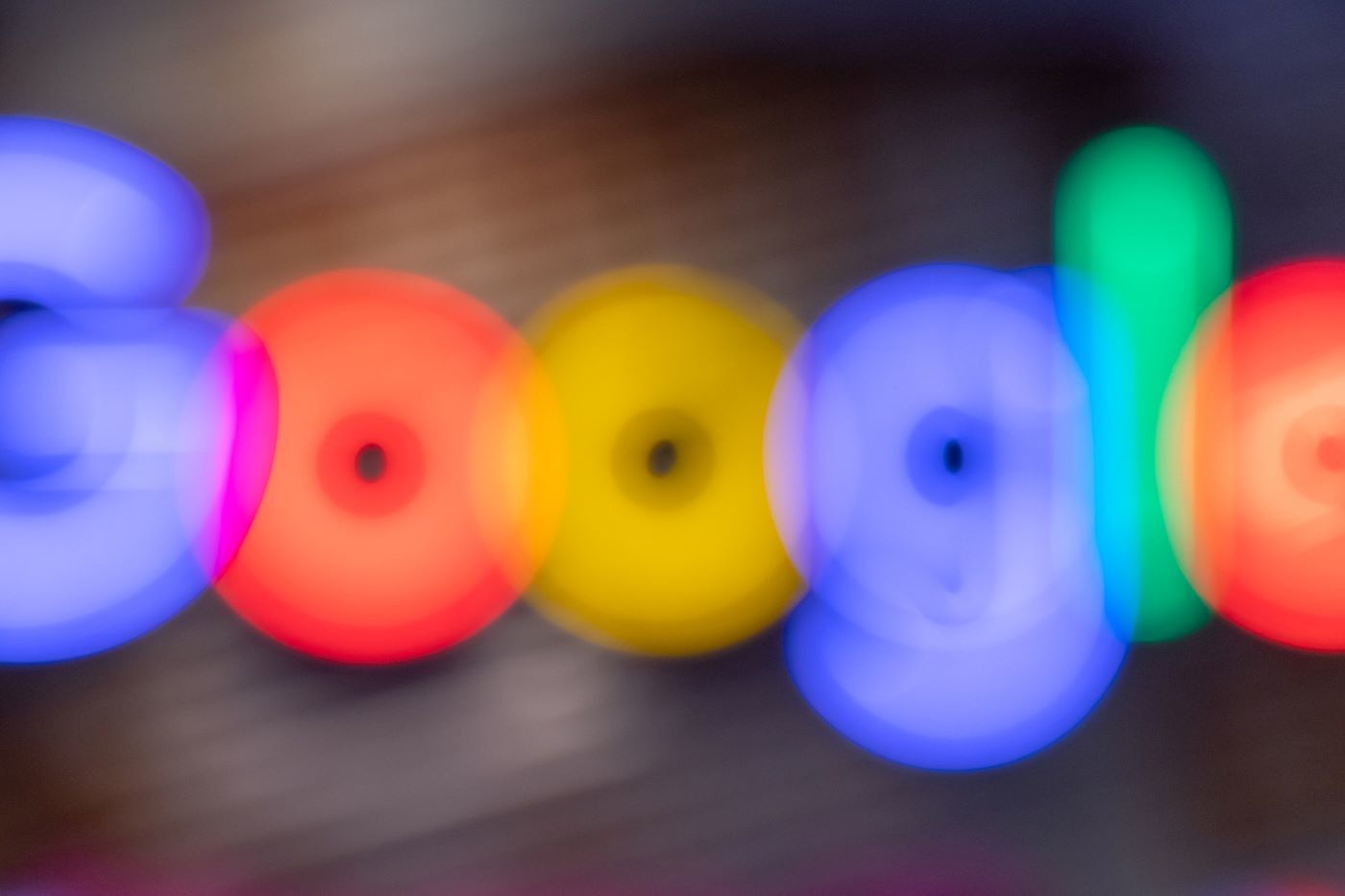 Today we present a detailed study in to how PPC click rate changes depending on ranking by Andy Headington of Adido.
Today we present a detailed study in to how PPC click rate changes depending on ranking by Andy Headington of Adido.
There has been a lot of research done into the click distribution of both organic and PPC adverts over the years. When I first started in the industry nearly ten years ago the distribution of clicks on search engines was heavily dominated by natural clicks with around 85% of clicks being generated on the left hand side of the SERPs. Recent research by Wordstream suggested that now as much as 65% of clicks are generated by PPC listings.
This is a huge shift which can be attributed to several factors including Google’s push of AdWords listings to take up more real estate, the blurring of the design of paid ads and changes to user behaviour to trust PPC ads more. It is something that we’ve seen ourselves for our clients and I’m sure other agencies have as well.
What is the drop off in AdWords positions?
With such a shift in the way that Google and Bing now work and focus their listings, getting top spot is even more important. But just how important is it to bid to be top spot? What is the difference between position one traffic and say position three? I’ve been fortunate enough to have access to some real data to show the drop off in CTR on the top positions which I’ve presented below.
Some notes on each of the websites shown here.
- Website 1 is an established site which has been using AdWords for several years with strong quality score and CTRs on many phrases.
- Website 2 has been running for nearly a year with a smaller budget than website 1. It has second position on many target phrases but still delivers good CTRs and conversions.
- Website 3 was launched this spring to try and pick up conversions and searchers which were being missed by websites 1 & 2.
The data below represents a month when all three websites were competing against each other on the same phrases, albeit with different budgets.
[Phrase 1]
Website 1 | Website 2 | Website 3 | |
| Position | 1 | 2.1 | 4.8 |
| Impressions | 9,545 | 7,929 | 6,109 |
| Clicks | 1,951 | 1,279 | 160 |
| CTR | 20.44% | 16.13% | 2.62% |
| CPC | £3.56 | £1.96 | £4.30 |
| Conversions | 217 | 31 | 4 |
[Phrase 2]
Website 1 | Website 2 | Website 3 | |
| Position | 2.3 | 2.3 | 3.5 |
| Impressions | 2,463 | 955 | 1,562 |
| Clicks | 260 | 155 | 141 |
| CTR | 10.43% | 16.23% | 9.03% |
| CPC | £2.81 | £1.32 | £2.17 |
| Conversions | 17 | 1 | 2 |
[Phrase 3]
Website 1 | Website 2 | Website 3 | |
| Position | 2.3 | 1.8 | 3.7 |
| Impressions | 622 | 247 | 424 |
| Clicks | 73 | 69 | 23 |
| CTR | 11.74% | 27.94% | 5.42% |
| CPC | £2.48 | £1.49 | £2.59 |
| Conversions | 8 | 0 | 3 |
[Phrase 4]
Website 1 | Website 2 | Website 3 | |
| Position | 2.5 | NA | 4.1 |
| Impressions | 711 | NA | 518 |
| Clicks | 34 | NA | 9 |
| CTR | 4.78% | NA | 1.74% |
| CPC | £2.3 | NA | £2.40 |
| Conversions | 0 | NA | 1 |
As you can see, there is a big difference here between position number one and number three or four of the same phrases. This drop off rate is considerable as the graph below shows.

Things to remember
Obviously we have to remember that doing a test on CTR rates on PPC ads is always going to contain biases. Each ad shown in the listings is different and even the smallest change to any element of the ad can have a big impact on CTR. One small change to ad text, including site extensions, can play a role in increasing or decreasing CTR. I must caveat here that for a part of this data analysis, the site which was listed number one contained seller review stars which could have increased CTR slightly and the ad text of sites 2 & 3 positioned themselves very differently to website one. Despite the variances in the ads, it is my educated guess that the data shown here would be pretty similar across most industries.
We must also remember that ‘average position’ isn’t a straight average- it is a weighted average which is influenced by impression share. Therefore when some of these moved position (i.e. CPC got upped to try and improve CTR) it then changed the weighting of average position over the month. So the final total for the month shown doesn’t always tell the full picture (see phrase 2 which had two sites with the same average position despite very different CTR and CPC stats)
Conclusion
The conclusion we can take from this data is that the top position generates roughly 200-300% extra clicks compared to position three. Is this a good thing? If you are bidding to be top of your selected target phrases then you will take a big part of the possible search volume available. Being in number one position has nearly always generated most clicks due to ‘happy clickers’ and getting more eyeball time then other listings. If you can’t sustain the cost of being top position from a budget or ROI point of view then you shouldn’t dismiss bidding to be top completely.
With a good chunk of quality score being influenced by Click through Rates, and Click through Rates only being significant in the top one or two positions, you should consider my findings when you decide on your bidding strategies.
It’s also worth considering the effect on conversions. Whilst clicks are great, without conversions they are merely missed opportunities. In almost all cases we saw a rise in conversions when the ranking position was higher, expect for the last study which had a very low sample of data. However as all three sites were different, it’s harder to draw a conclusion as there may have been many other factors at play.
Nevertheless if you want to get exposure on new phrases or you are trying to turn around underperforming phrases in your campaigns then adopting an aggressive bidding strategy to achieve top positions (and therefore improving CTR and quality score) is the best way to go. Once you have established a good quality score and CTR you can start to reduce your CPC bids to bring your overall costs down without sacrificing your position too much. If you try new phrases and don’t end up getting over the tipping point to drive up your quality score your ads may end up struggling and you will have to pay huge CPCs just to tread water in positions 3 – 5.
The views expressed in this post are those of the author so may not represent those of the Koozai team





Leave a Reply